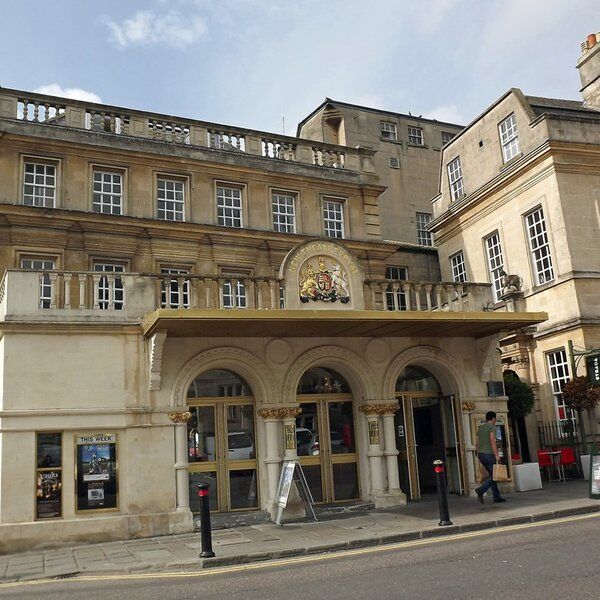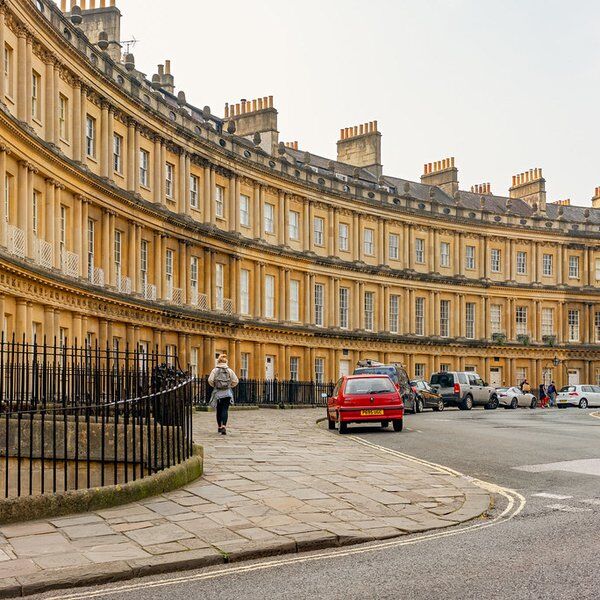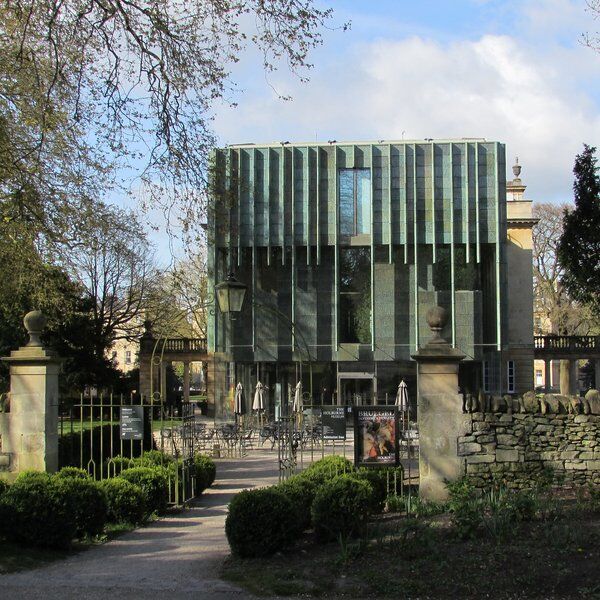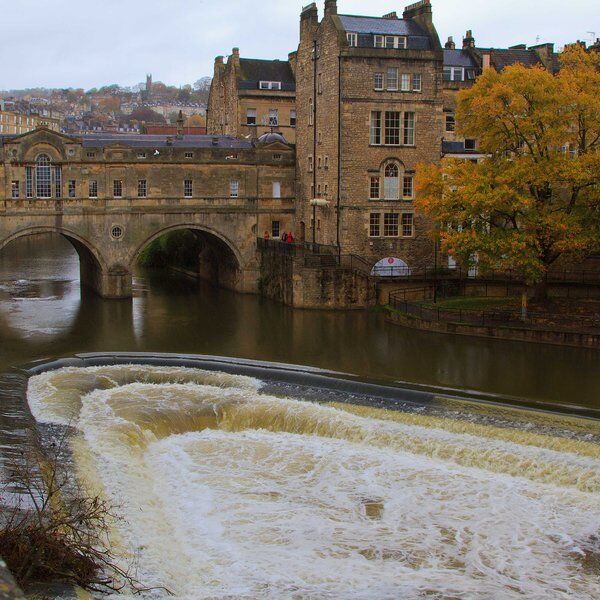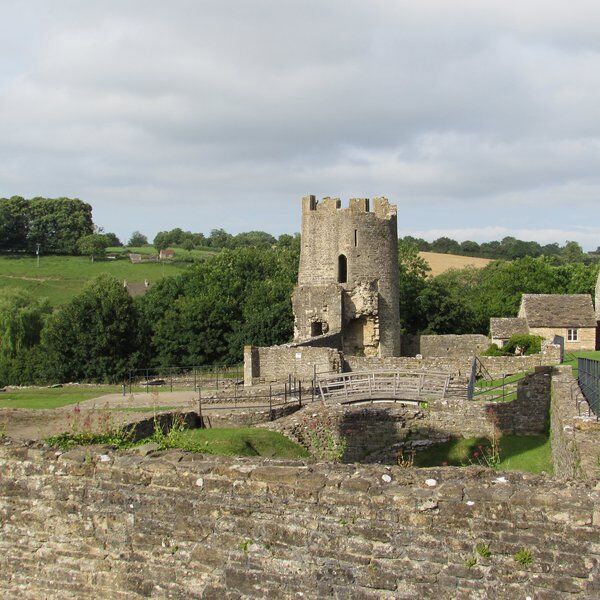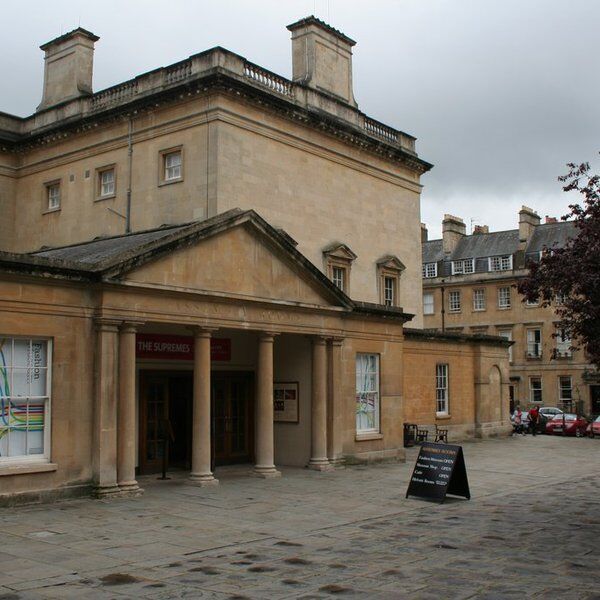
What is Bath Fashion Museum?
A museum that focuses on fashionable dress for men, women and children from the late 16th century into the modern day, Bath Fashion Museum was established in 1963 by fashion historian Doris Langley Moore. It receives approximately 100,000 visitors a year and is currently located in the city's historic Assembly Rooms but is seeking a new premises for when its lease expires in March 2023.
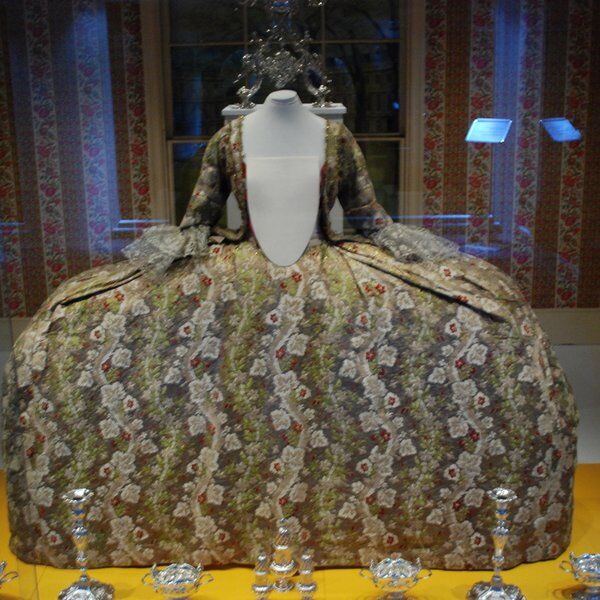
The Woman Behind The Fashion Museum
Moore was born in 1902 the daughter of a journalist. She first gained renown in the 1920s as an author of tongue-in-cheek post-war self-help books, but she is today most famous for debunking the myth of the 18th inch waist.
In early 20th century Britain it was commonly believed that almost all women had waists of 18 inches or less in the 1800s. Moore exposed this as false when she measured over 200 surviving dresses and bodices from the period to find that the average waist size was likely between 20 and 30 inches. She found almost no items with a waist smaller than 21 inches.
Moore's interest in fashion history was ignited in the 1920s when her mother brought out old dresses for a game of charades. She was fascinated by how the clothes could transform seemingly ordinary bodies into figures that would not look out of place at an 1870s Parisian ball.
This experience motivated Moore to seek out antique outtfits of her own. To begin with, she wanted to wear them, but when she was about to alter her first period dress she 'suddenly knew I was about to do wrong'. In this moment, a lifelong passion for collecting was born.
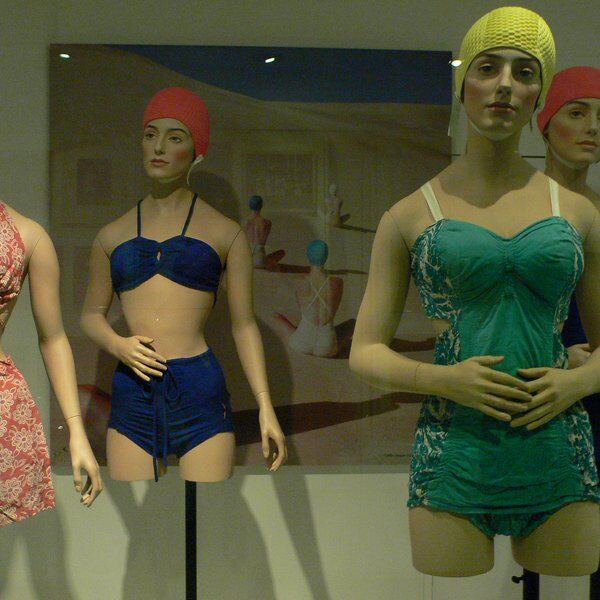
The Fashion Museum is Established
Over the years Moore's collection grew so large that it filled her sizeable London house, forcing her to take up residence in a much smaller flat nearby. The collection remained here until WW2, when it was moved to two Berkshire barns so as to be kept safe from bombing.
Following the war, her costumes were used by TV companies, exhibitions and fashion shows. As a result her collection gained a degree of notoriety and began to receive donations. She soon decided to set-up a museum and, in 1949, began actively seeking a pemises to host it. Her efforts here were aided by no lesser figure than Christian Dior, who put on a fashion show to raise funds for the project.
Across the following decade the collection was moved from place to place before, at last, a (semi) permanent home for the museum was found in Bath Assembly Rooms.
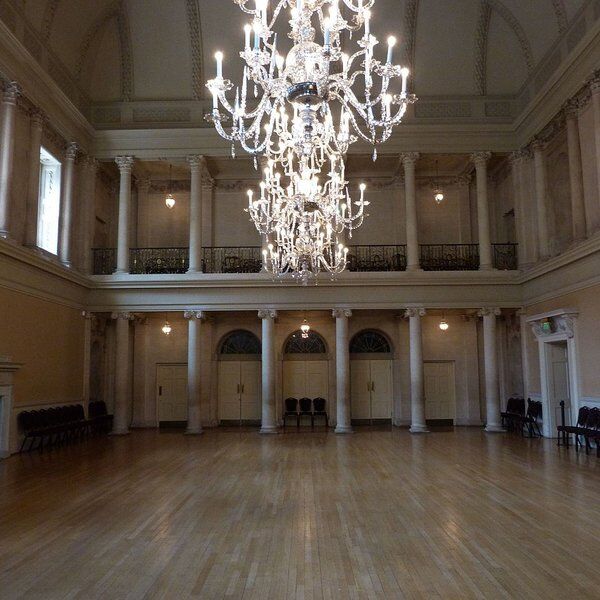
The Building of The Fashion Museum
The Assembly Rooms are a notable and historic building in its own right. It was designed by John Wood the Younger (of Bath Circus fame) in 1769, and was completed in 1771. The Rooms orginally served as a venue for balls, concerts and gambling, and quickly became a hub of fashionable society. Amongst its frequent patrons were the likes of Jane Austen and Charles Dickens, and it was known as 'the most noble and elegant [venue] of any in the kingdom'.
It became a cinema in the 20th century, but was later restored to its original condition when, in 1931, it was taken over by the Society for the Protection of Ancient Buildings. The Society however weren't able to move it to a Berkshire barn during WW2 and, in 1942, it was bombed and burnt out inside. It was not fully restored again until 1963.
The building is today managed by the National Trust, who have designs on turning it into a museum dedicated to Georgian Bath. It is for this reason the Fashion Museum is now looking for a new home.

Interested in finding more places like this? Try one of our Treasure Hunts In Bath - untangle cryptic clues as a team, as you are taken on a journey to the most unique, unusual and bizarre corners of England.





